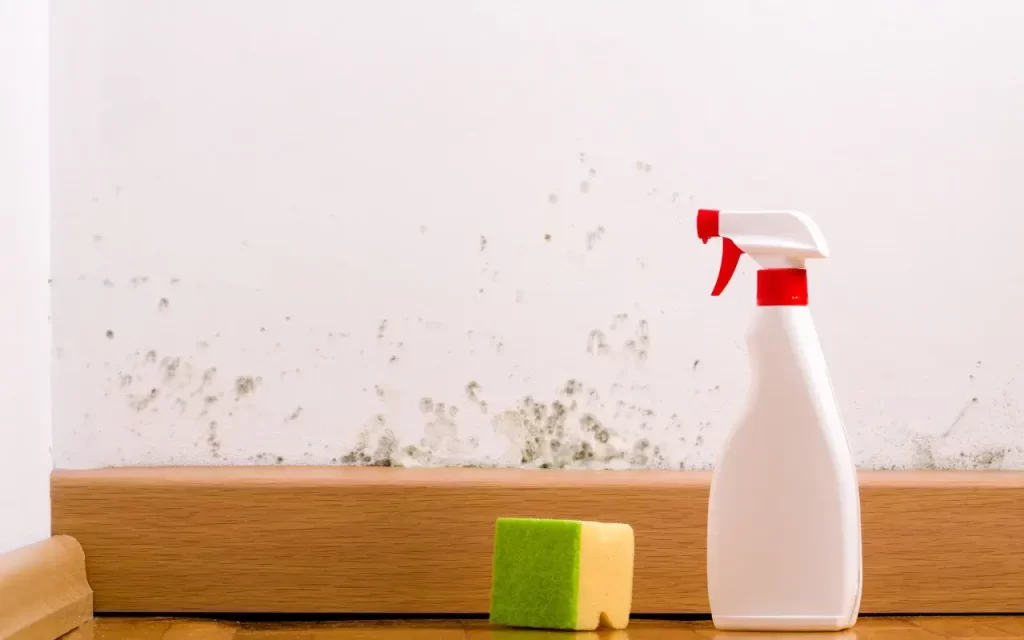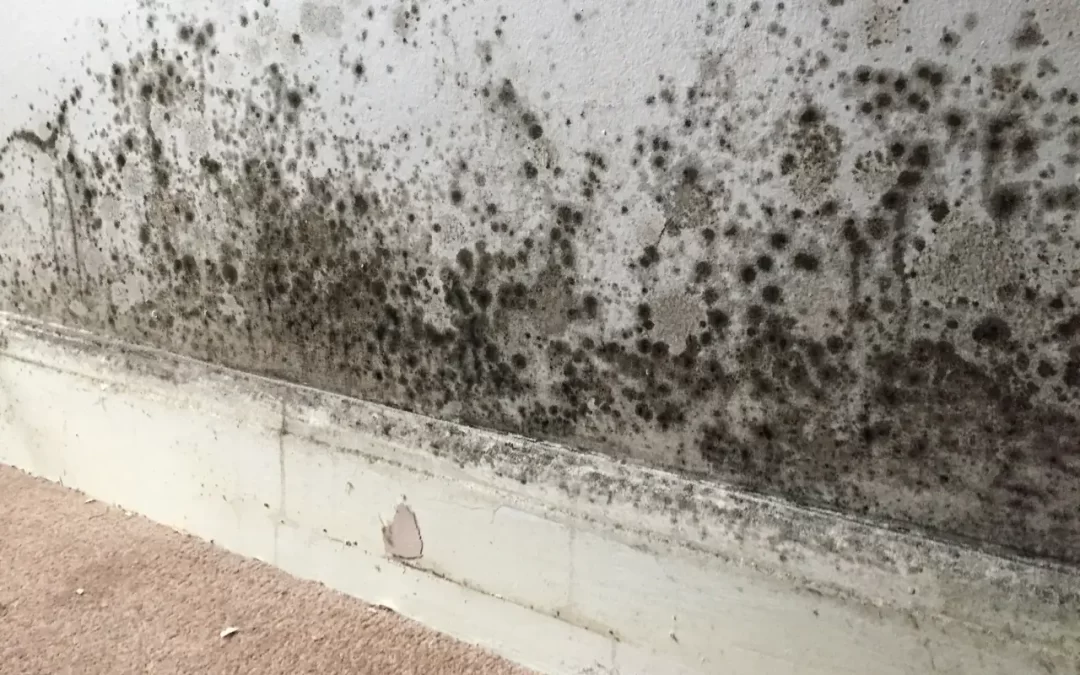Mould is a silent intruder. It creeps into our homes unnoticed, often thriving in damp corners and hidden spaces. Mould can create significant health issues and structural damage to your property if it is not treated. Fortunately, with the right approach and professional guidance, you can remove mould and prevent it from returning. In this guide, we’ll walk you through the steps to get rid of mould in your house safely and effectively.
What Is Mould and Why Should You Be Concerned?

Mould is a type of fungus that reproduces through microscopic spores. These spores float in the air, settling and growing in moist, warm environments. Bathrooms, kitchens, basements, and poorly ventilated spaces are especially vulnerable. While not all mould is toxic, some species can release mycotoxins that trigger allergic reactions, respiratory issues, and other health problems.
Some signs of mould include:
- A persistent, musty smell
- Discolouration on walls or ceilings
- Damp or peeling wallpaper
- Increased allergic reactions or respiratory symptoms
Ignoring these signs can worsen indoor air quality and risk your family’s health. That’s why taking swift action is essential.
Step 1: Identify the Source of Moisture

Mould thrives on dampness; therefore, it doesn’t just appear. You must find and clean the source of moisture before you even clean anything. Some familiar sources are:
- Leaking roofs or pipes
- Poor ventilation
- Flooding
- Rising dampness in walls
Depending on how well you clean it, mould will be reintroduced if the source of moisture is not corrected. Repairing the damage once the issue has been discovered and rectified is possible.
Step 2: Evaluate the Problem’s Severity
The extent of the mould infestation will determine your approach. Small mould patches on non-porous surfaces (like tiles or glass) can be cleaned using household products. However, widespread contamination or mould growing on porous materials (like drywall, carpet, or insulation) may require professional intervention.
Getting a professional assessment is essential if you suspect hidden mould behind walls or under flooring. We recommend scheduling a mould inspection to understand the problem’s extent fully. A thorough audit ensures you’re treating the visible signs and addressing the issue’s root.
Step 3: Safe Removal Techniques
You can try to get rid of the mould yourself if it’s contained in a limited area and you’re sure it’s not poisonous. Wear protective gear at all times, such as gloves, a mask (preferably a N95), and safety goggles.
DIY Cleaning Solution
Apply a solution of vinegar and water in a spray bottle to the mouldy region. Before brushing, let it sit for at least an hour. Additionally, you can use commercial anti-mold spray or baking soda. Bleach may not penetrate deeply enough to kill the mould roots, so avoid using it on porous materials.
Once the area is cleaned:
- Dry it thoroughly using fans or a dehumidifier.
- Discard items that cannot be adequately cleaned, like saturated carpet or insulation.
- Wash any affected fabrics in hot water with vinegar.
Step 4: Prevent Mould from Returning
Long-term mould removal in your house depends on prevention. Here are a few useful tactics:
- Improve ventilation in bathrooms and kitchens using exhaust fans.
- Use a dehumidifier in damp areas.
- Fix leaks promptly.
- Clean and dry spills and water damage within 48 hours.
- Avoid overwatering indoor plants, and ensure pots have drainage trays.
Regular home maintenance is the best defence against future mould outbreaks.
When to Call a Professional

It’s time to consult the professionals if the impacted area is more than one square metre or if you or your family are dealing with health problems that might be related to mould exposure. Professional remediation companies have the tools and knowledge to remove mould and prevent cross-contamination in your home safely.
At EnviroHealth, we specialise in identifying and managing indoor environmental hazards. As industry leaders, we provide a holistic approach that includes detailed testing, identification of the contamination source, and safe, compliant remediation. Contact us for guidance if you’re dealing with mould and don’t know where to start.
Beyond Mould: Other Environmental Risks to Consider
Mould is among the numerous hidden threats to indoor air quality and well-being. It’s essential to stay aware and informed about possible hazards in your home or workplace.
- Asbestos audits are vital in older homes and buildings where asbestos materials could have been utilised while building. When asbestos is handled unsafely, deadly fibres can be released into the air.
- If your building contains asbestos, it’s legally required to maintain Asbestos Registers and Management Plans to ensure safety and compliance.
- Homes built before the 1970s may also contain Lead in the Home and Work Environment, often found in paint, plumbing, and dust. Lead exposure is hazardous for young children and pregnant women.
- Are you curious if that musty smell in your home could be mould? Learn How to Detect Mould in Your Home through simple visual cues and advanced diagnostic tools.
Each of these issues can have a long-term impact on your health and property value. That’s why working with experts who understand the full range of indoor environmental risks is essential.
Take Control of Your Indoor Air Quality
Removing the mould is an issue of health and safety rather than cosmetics. No matter the size of the infestation—whether a tiny spot in your toilet or one significant infestation in your walls—the sooner it is addressed, the better. Identify the cause, remove the mould properly, and take preventative measures to keep it from happening again.
Never hesitate to get professional help if unsure or in extreme conditions. EnviroHealth is here to assist you in developing a healthier and safer home. We target not just mould but all the hidden risks that threaten your indoor environment by merging our extensive investigations, cutting-edge solutions, and expert knowledge.

